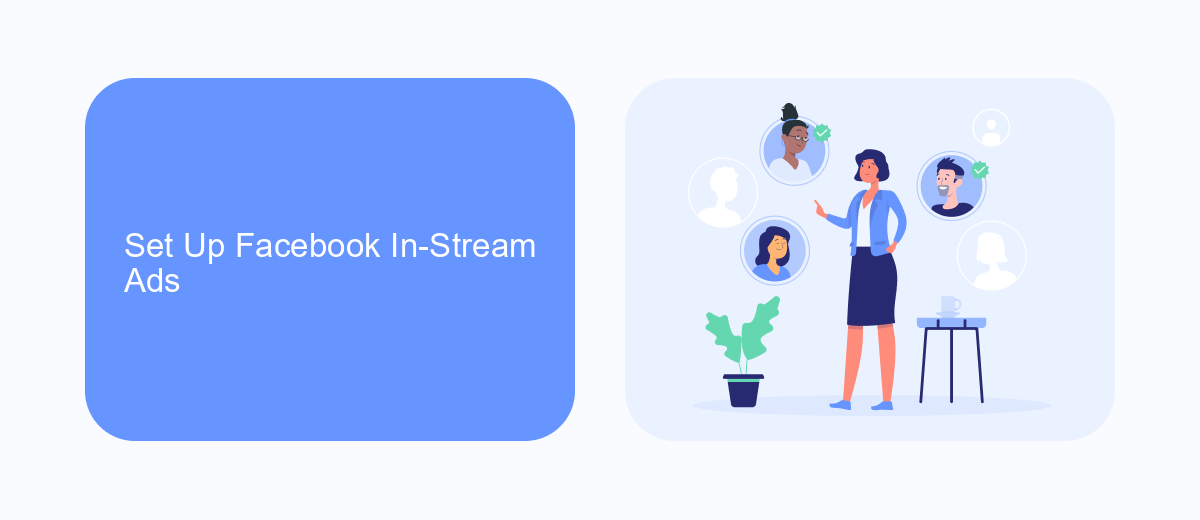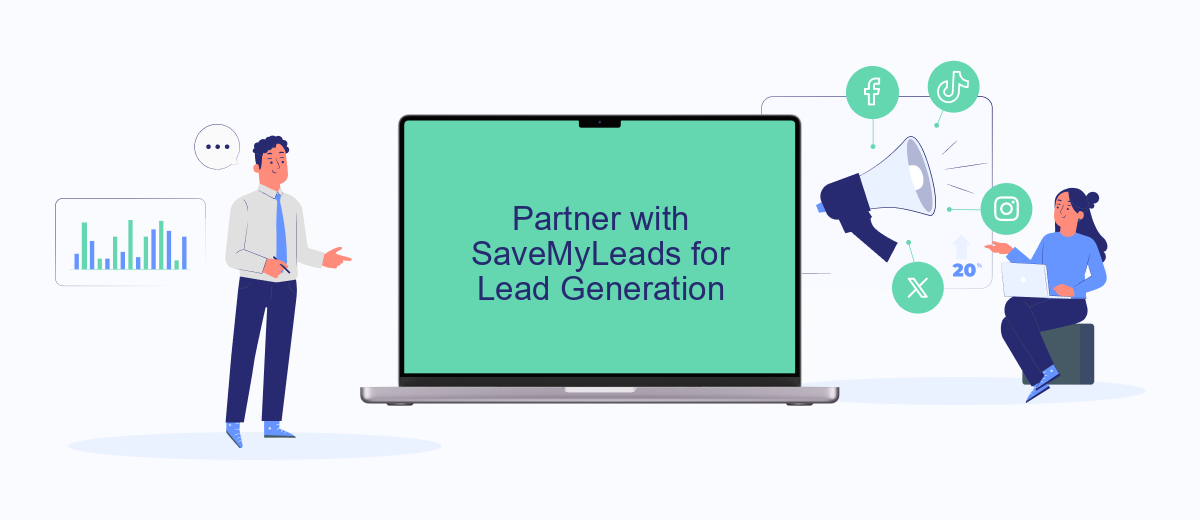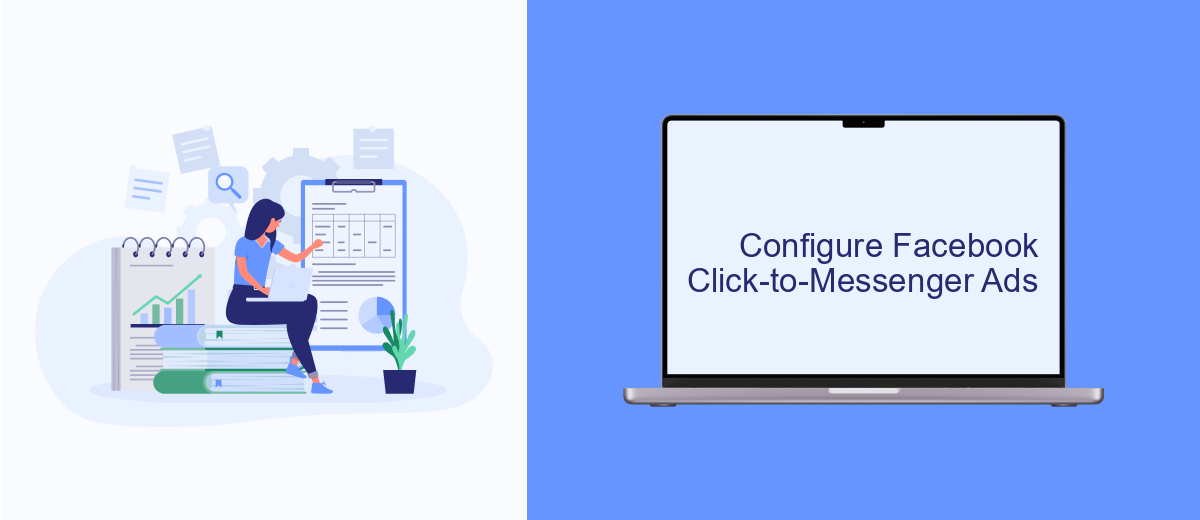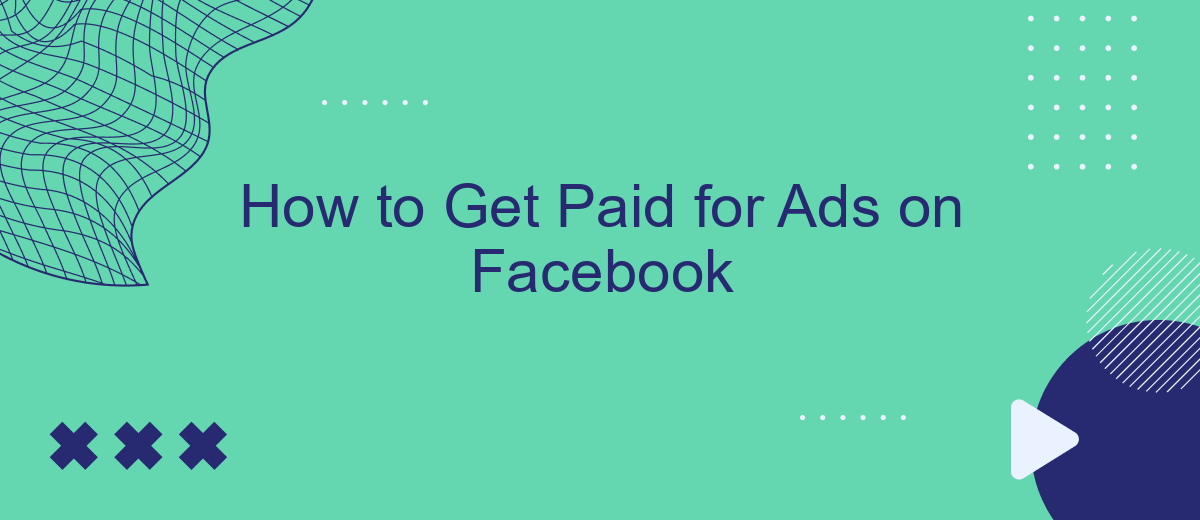Monetizing your Facebook presence can be a lucrative venture if done correctly. Whether you're a business owner, influencer, or content creator, understanding how to get paid for ads on Facebook is essential. This guide will walk you through the necessary steps, from setting up your account to optimizing your ad performance, ensuring you maximize your earning potential on the platform.
Join the Facebook Audience Network
Joining the Facebook Audience Network is a great way to monetize your app or website by displaying targeted ads. This network allows you to leverage Facebook's vast advertising infrastructure to serve ads to your audience, even when they are not on Facebook. By becoming a part of the Facebook Audience Network, you can maximize your ad revenue while providing relevant content to your users.
- Sign up for the Facebook Audience Network through your Facebook account.
- Integrate the Audience Network SDK into your app or website.
- Configure ad placements and formats that best suit your audience.
- Use SaveMyLeads to automate data integration and streamline your ad management process.
SaveMyLeads is an excellent tool for simplifying the integration process. It allows you to automate data transfers between Facebook Audience Network and other services you use, ensuring that your ad campaigns run smoothly and efficiently. With SaveMyLeads, you can focus more on optimizing your ad strategy and less on the technical details of integration.
Set Up Facebook In-Stream Ads

To set up Facebook In-Stream Ads, first, ensure your Facebook page meets the eligibility criteria, such as having at least 10,000 followers and 600,000 total minutes viewed in the last 60 days. Go to the Creator Studio, select your page, and navigate to the Monetization section. Here, you can review and agree to the terms and conditions, then follow the prompts to enable In-Stream Ads for your videos. Make sure your content complies with Facebook's monetization policies to avoid any issues.
For seamless integration and management of your ads, consider using a service like SaveMyLeads. This platform automates lead data transfers from Facebook to your CRM or other marketing tools, ensuring you never miss a potential customer. By connecting SaveMyLeads with your Facebook account, you can streamline your ad management process, optimize your campaigns, and focus on creating engaging content that attracts more viewers and increases your revenue.
Partner with SaveMyLeads for Lead Generation

Collaborating with SaveMyLeads can significantly enhance your lead generation efforts on Facebook. By automating the process of collecting and managing leads, you can focus on crafting compelling ads while ensuring that no potential customer slips through the cracks.
- Connect your Facebook Lead Ads to SaveMyLeads.
- Set up automated workflows to transfer lead data to your CRM or email marketing platform.
- Monitor and analyze the performance of your lead generation campaigns in real-time.
SaveMyLeads simplifies the integration process, allowing you to effortlessly sync your Facebook ads with various marketing tools. This seamless connection ensures that your leads are efficiently nurtured and converted, maximizing your ad spend and boosting your ROI.
Configure Facebook Click-to-Messenger Ads

Configuring Facebook Click-to-Messenger ads is an effective way to engage with your audience directly through Messenger. This type of ad encourages users to initiate a conversation with your business, leading to higher engagement rates and potential conversions.
To set up Click-to-Messenger ads, first, ensure that your Facebook page is connected to your Messenger account. You can do this through the Facebook Business Manager by navigating to the 'Settings' section and linking your Messenger account. Once connected, you can proceed to create your ad campaign.
- Go to Facebook Ads Manager and click on 'Create' to start a new campaign.
- Select the 'Messages' objective for your campaign.
- Choose your target audience, budget, and schedule for the ad.
- In the 'Ad Format' section, select 'Click-to-Messenger'.
- Design your ad creative and set up the welcome message users will see when they click on the ad.
For seamless integration and efficient lead management, consider using SaveMyLeads. This service automates the process of transferring leads from Facebook ads to your CRM or other platforms, ensuring you never miss a potential customer. By using SaveMyLeads, you can streamline your workflow and focus on engaging with your audience effectively.
Monitor Your Ad Performance
Monitoring your ad performance on Facebook is crucial for optimizing your campaigns and ensuring you get the best return on investment. Start by regularly checking Facebook Ads Manager, where you can track key metrics such as impressions, clicks, and conversions. By analyzing these metrics, you can identify which ads are performing well and which ones need improvement. Adjust your targeting, budget, and ad creatives based on the insights you gather to enhance your overall campaign effectiveness.
For a more streamlined approach, consider integrating third-party tools like SaveMyLeads. This service automates the process of collecting and analyzing lead data from your Facebook ads, allowing you to focus on making data-driven decisions. SaveMyLeads can help you set up automated workflows to send lead information directly to your CRM or email marketing platform, ensuring no potential customer is overlooked. By leveraging these tools, you can maintain a clear overview of your ad performance and make timely adjustments to maximize your advertising success.
- Automate the work with leads from the Facebook advertising account
- Empower with integrations and instant transfer of leads
- Don't spend money on developers or integrators
- Save time by automating routine tasks
FAQ
How do I start getting paid for ads on Facebook?
What are the eligibility requirements for Facebook's In-Stream Ads?
How can I maximize my earnings from Facebook ads?
Can I automate the process of managing ads and monetization on Facebook?
What types of content are best for Facebook monetization?
Use the SaveMyLeads service to improve the speed and quality of your Facebook lead processing. You do not need to regularly check the advertising account and download the CSV file. Get leads quickly and in a convenient format. Using the SML online connector, you can set up automatic transfer of leads from Facebook to various services: CRM systems, instant messengers, task managers, email services, etc. Automate the data transfer process, save time and improve customer service.

